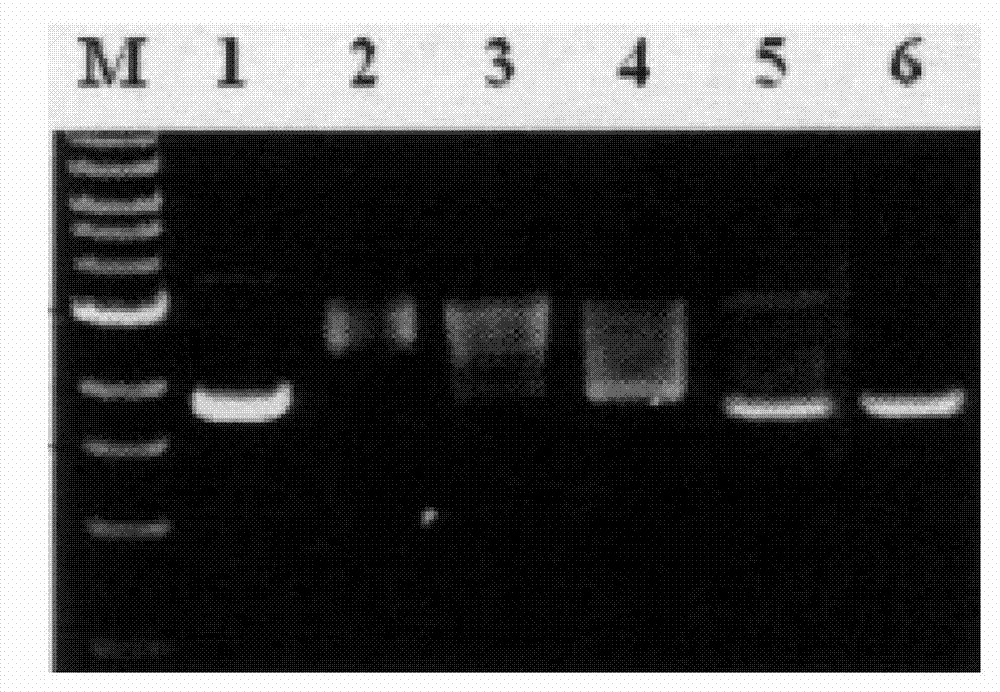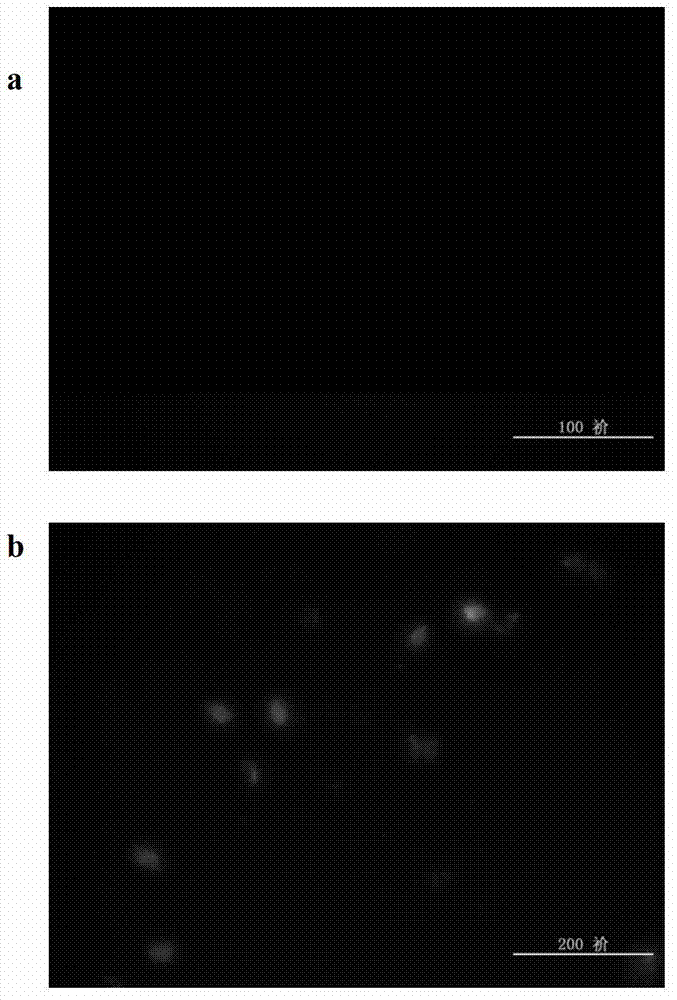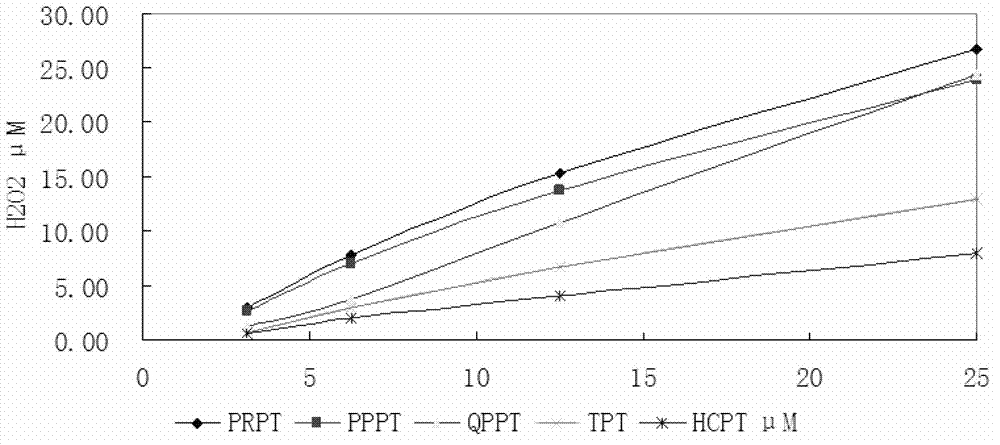Serial water-soluble hydroxycamptothecine naphthenic amino alcohol derivative and preparation method and use thereof
A technology of alkali cycloalkanol and hydroxycamptotheca, applied in the field of new camptothecin derivative antitumor drugs, can solve the problems of normal cell damage, increase cytotoxicity, adverse reactions, etc., and achieve the protection of normal cells and inhibition of cells. Proliferation and selectivity enhancing effects
- Summary
- Abstract
- Description
- Claims
- Application Information
AI Technical Summary
Problems solved by technology
Method used
Image
Examples
Embodiment 1
[0024] 10-Hydroxy-9-L-prolinol methylene camptothecin (PRPT): Add HCPT1.0g, glacial acetic acid 60ml, formaldehyde solution 0.90g, L-prolinol 1.12g in the reaction vessel, Stir at 82°C until the solution is clear. After 10 minutes, pour it into 200ml of ether immediately, filter out the precipitated flocculent precipitate, wash with a small amount of 1% glacial acetic ether solution, and dry to obtain 1.40g of a light yellow solid. The yield 92.1%, purity 88.5% (HPLC-UV), acetone recrystallized purity 99.2% (HPLC-UV).
[0025] MS: 478[M+H] + . 1 H-NMR (DMSO-d6): 0.86 (3H, t, 18-CH 3 ), 1.70 (2H, 4'-CH 2 ), 1.83 (5H, m, 19-CH 2 , 3'-CH 2 ), 1.91 (3H, s, CH 3 COOH), 3.36 (H 2 O), 5.43 (2H, s, 17-CH 2 ), 6.53 (20-OH), 7.26 (1H, s, 14-CH), 7.52 (1H, d, 11-CH), 8.07 (1H, d, 12-CH), 8.84 (1H, s, 7- CH). 1 H-NMR (D 2 O): 0.90 (3H,t,18-CH 3 ), 1.88 (2H, m, 19-CH 2 ), 2.50 (3H, s, CH 3 COOH), 2.07 (2H, m, 4'-CH 2 ), 2.31 (2H, m, 3'-CH2 ), 3.14, 3.27 (2H, m, 6'-CH 2 ), 3...
Embodiment 2
[0028] 10-Hydroxy-9-(4`-hydroxyl)-piperidinol methylene camptothecin (PPPT): add HCPT100mg, glacial acetic acid 10ml, formaldehyde solution 220mg, 4-piperidinol 280mg in the reaction vessel, Stir at ℃ until the solution is clear. After 10 minutes, pour it into 50ml of ether, filter out the precipitated flocculent precipitate, wash with a small amount of 1% glacial acetic ether solution, and dry to obtain 102mg of a light yellow solid with a purity of 88.8% (HPLC -UV), recrystallized from acetone with a purity of 98.4% (HPLC-UV).
[0029] MS: 478[M+H] + . 1 H-NMR (DMSO-d6): 0.88 (3H,t,18-CH 3 ), 1.44, 1.76 (2H, t, t, 3', 5'-CH 2 ), 1.84 (2H, m, 19-CH 2 ), 1.88 (3H, s, CH 3 COOH), 2.37 (2H,t,t,2',6'-CH 2 ), 3.58 (1H, m, 4'-CH 2 ), 4.13 (2H, s, ArCH 2 N), 5.24 (2H, s, 5-CH 2 ), 5.42 (2H, s, 17-CH 2 ), 6.51 (20-OH), 7.52 (1H, s, 14-CH), 7.40 (1H, d, 11-CH), 7.98 (1H, d, 12-CH), 8.72 (1H, s, 7- CH). IR(KBr,cm -1 ):3423, 2938, 1749, 1655 (ν C=O ), 1594, 1506, 1469, 138...
Embodiment 3
[0032] 10-Hydroxy-9-(4`-hydroxyethyl)-piperazinemethylene camptothecin (QPPT): add 100mg of HCPT, 10ml of glacial acetic acid, 90mg of formaldehyde solution, and 144mg of 4-hydroxyethylpiperazine into the reaction vessel , stirred at 45°C until the solution was clear, poured into 70ml of diethyl ether, filtered out the precipitated flocculent precipitate, washed with a small amount of 1% glacial acetic ether ether solution, and dried to obtain 111 mg of a light yellow solid with a purity of 91.7% (HPLC- UV), recrystallized from acetone with a purity of 98.5% (HPLC-UV).
[0033] MS: 507[M+H] + . 1 H-NMR (DMSO-d6): 0.86 (3H,t,18-CH 3 ), 1.84 (2H, m, 19-CH 2 ), 2.50 (3H, s, CH 3 COOH), 2.61 (10H, m, 2', 3', 5', 6', 7'-CH 2 ), 3.50 (2H,t,8'-CH 2 ), 4.09 (2H, s, ArCH2N), 5.24 (2H, s, 5-CH 2 ), 5.42 (2H, s, 17-CH 2 ), 6.52 (20-OH), 7.26 (1H, s, 14-CH), 7.41, 7.43 (1H, d, 11-CH), 7.98 (1H, d, 12-CH), 8.73 (1H, s, 7-CH). IR(KBr,cm -1 ): 3423, 1746, 1655 (ν C=O ), 1589, 150...
PUM
 Login to View More
Login to View More Abstract
Description
Claims
Application Information
 Login to View More
Login to View More - R&D
- Intellectual Property
- Life Sciences
- Materials
- Tech Scout
- Unparalleled Data Quality
- Higher Quality Content
- 60% Fewer Hallucinations
Browse by: Latest US Patents, China's latest patents, Technical Efficacy Thesaurus, Application Domain, Technology Topic, Popular Technical Reports.
© 2025 PatSnap. All rights reserved.Legal|Privacy policy|Modern Slavery Act Transparency Statement|Sitemap|About US| Contact US: help@patsnap.com



